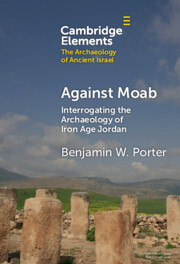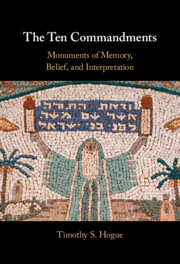Isaiah 16:3–4, part of an obscure prophecy about ancient Moab, appeared frequently in nineteenth-century writings about slavery in the United States, particularly in the context of opposition to fugitive slave laws. The verses were linked with other biblical passages to create a network of proof texts to justify assisting persons who escaped slavery. Eventually, the line “hide the outcast” from verse 3 took on a life of its own as an abolitionist slogan, largely independently of its biblical context. Rebuttals of these uses of the texts by anti-abolitionist writers, which began to appear in the 1850s, criticized the decontextualization of the verses, and one novel response attempted to link the text to interracial intimacy. Despite these rebuttals, the use of the text continued apace throughout the 1850s–1860s in response to the 1850 Fugitive Slave Act and the execution of John Brown.

